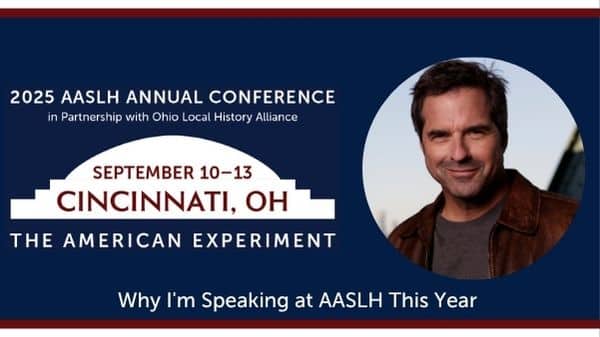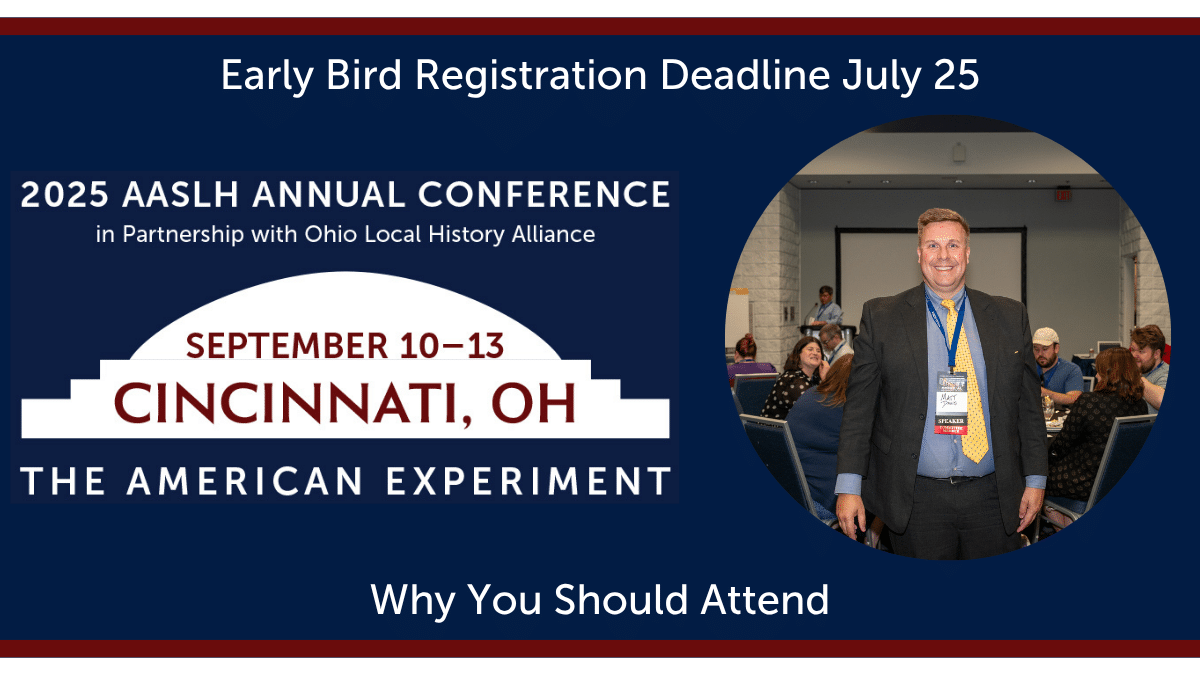
By John Garrison Marks and W. Maclane Hull
Over the course of this week, we will be providing deeper dives on various components of our 2019 National Visitation Survey. For an introduction to this series, see Monday’s post. For the free report summary, visit the AASLH Resource Center.
As we continue our exploration of trends from the 2019 National Visitation Survey (NVS), some of the most intriguing — and encouraging — results come from small history organizations. Over the past several years, isolated but well-publicized reports of visitation declines at large, high-profile history organizations like Gettysburg National Military Park and Colonial Williamsburg have led to soul-searching questions about the appeal and effectiveness of our institutions. Are Americans still interested in history? Are we doing enough to reach our audiences? Such conversations about visitation, however, rarely consider the trends affecting small history organizations, the institutions with annual budgets of less than $250,000 that make up the majority of our community (and 59 percent of our survey respondents). The results of our survey reveal that while history organizations nationwide have experienced visitation growth over the past several years, the largest increases have been at small organizations.
Among our respondents, visitation to the smallest institutions (those with an annual operating budget of less than $50,000) has increased 18 percent since 2013, the single biggest jump of any budget category. In addition, while nearly every budget level and the national average experienced a slight decline in visitation from 2017 to 2018, that was not the case for under $50,000 institutions, who saw continued growth of more than 1 percent that year.
In the next budget level — $50,000 and $250,000 — visitation increased nearly 13 percent. These figures place growth at small institutions well above the national average, where visitation has grown 5.7 percent since 2013.


Average annual visitation to history organizations with budgets under $250,000 per year, by institution type.
This pattern of growth among small organizations holds true for many different types of institutions, from museums to sites to historical societies. Among museums, for example, respondents with annual budgets under $50,000 saw a 27 percent overall increase in average attendance since 2013, while those in the $50,000 to $250,000 range increased about 13 percent. Both figures exceed the national average for visitation growth at history museums of just under 11 percent. Visitation to historical societies provided perhaps the best example of this trend: the two smallest budget ranges saw huge increases (37 percent and 22 percent, respectively) while overall, historical societies experienced a decline in visitation.


These patterns held true in most regions across the country as well. In almost every region, the largest visitation increases occur within the smallest budget ranges. In the Southeast, for example, visitation in the $50,000 to $250,000 range increased more than 15 percent, while no other budget level experienced an increase greater than 12 percent. In the Mountain Plains, visitation at the three lowest categories was around 30 percent, at least double the growth for any other budget level in the region. The exception to this trend is New England organizations with a budget under $50,000 experienced a decrease in visitation of 1.9 percent, the only region in which the smallest budget level did not see visitation grow. New England institutions in the $50,000 to $250,000 range, however, experienced an increase of more than 40 percent, the biggest increase in the region.
Across the country in institutions of all types, the smallest history organizations have reported visitation growth that exceeds that of their larger counterparts. Our survey does not, however, allow us to answer why these institutions are outperforming the national average. Perhaps more small institutions are eschewing tourist audiences and increasing their focus on community engagement. Maybe they are placing greater emphasis than their larger counterparts on locally relevant histories that resonate with visitors. The findings from our survey provide plenty of leads for future research. More broadly, that the institutions that make up the majority of our field have reported such strong visitation growth over the past several years provides reason for optimism about the health of the history enterprise.



